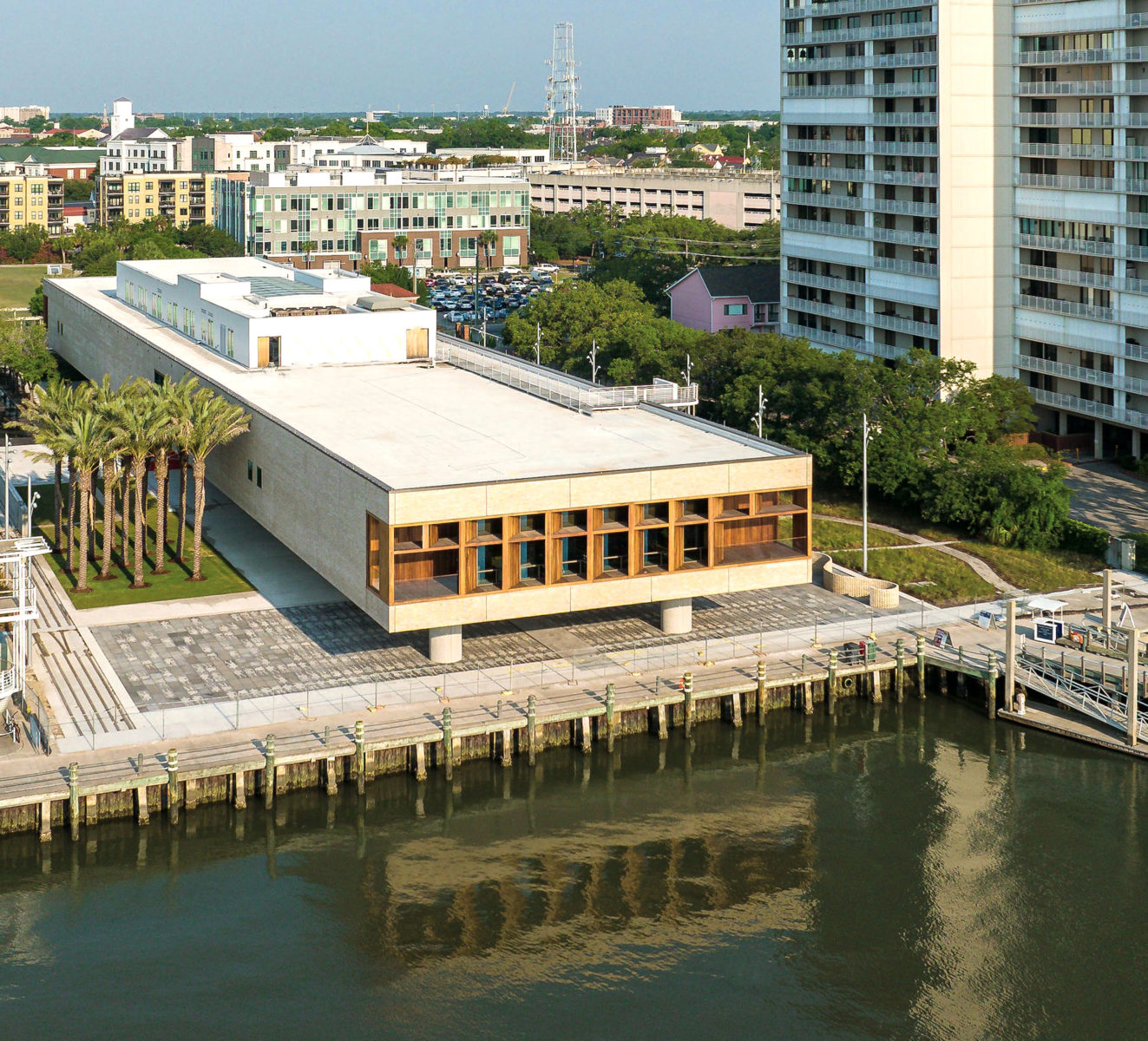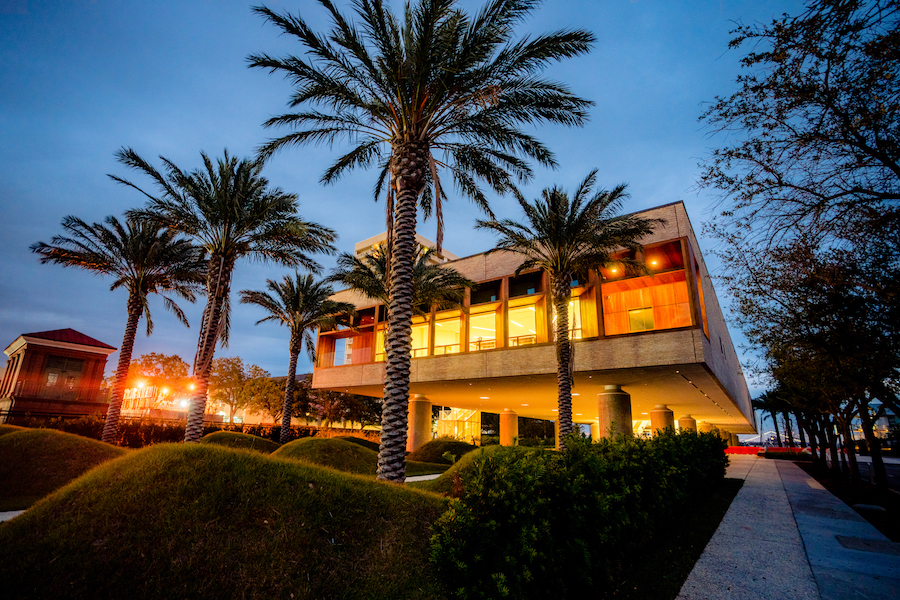Discover South Carolina: Edisto Island’s Botany Bay preserves plantation landscape
Posted 1/13/2013
Just off S.C. 174, this wildlife management area features many of the characteristics of sea islands along the southeast coast: pine-hardwood forests, agricultural fields, coastal wetlands and a barrier island with a beachfront. Only this tract has been left undisturbed, providing coastal habitat for a wide range of wildlife species, including loggerhead sea turtles, the state-threatened least tern and neotropical songbirds like the painted bunting and summer tanager.
If you decide to stop here for a look-see, be prepared to spend two or three hours or more exploring this stunning property, once home to Bleak Hall and Sea Cloud plantations.
At the information kiosk you can pick up a driving tour guide of the property. The 6.5-mile course starts along a magnificent avenue of oaks interspersed with loblolly pine and cabbage palmetto, the state tree. Look for colonies of resurrection fern growing on the spreading oak limbs. After a rain, the leaves turn a beautiful bright green.
When you get to the four-way stop, turn right to the beach access parking lot where you’ll find the trailhead to the half-mile Pockoy Island Trail. A causeway, built by slaves, takes you over the marsh through a densely wooded hammock and a small barrier island to the preserve’s 2.8 miles of shore.
Erosion on Botany Bay Beach has left a “boneyard” of dead trees along the sand, creating a unique coastline you’ve got to walk to really appreciate. Because shell collection is prohibited, the beach is full of whelks, scallops, clams, mussels, oysters, sea stars and sand dollars.
To continue the driving tour, stay on the beach access road until you get to a parking area just past the four-way stop. It’s a short walk from here to two small buildings, both built in the 1800s. The white wooden Gothic Revival structure once served as the Bleak Hall ice house. Back in the day, ice shipped from the north was packed in sawdust and stored in the tabby-walled foundation.
The other building is a tabby gardener’s shed erected next to the now overgrown Japanese formal garden, the first of its kind in North America. While the camphor, olive and spice trees are long gone, ivy, several types of privet and a few other exotic plants still thrive along the edges of the old garden.
Farther along is another tabby structure that was used as a barn during the Colonial period and later as an equipment shed.
The road takes a couple of sharp 90-degree turns and then winds along the salt marsh offering spectacular views of Ocella Creek. This section also features lots of century-old live oaks draped in Spanish moss.
From there, you’ll pass the chimney of a slave house and a couple of ponds created in the 1970s to provide habitat for wood ducks, wading birds and many aquatic species. As you cross a dike, you’ll enter the former Sea Cloud Plantation.
This section of the tour features the remains of the Sea Cloud Plantation house and a brick beehive built by slaves in the 1700s as a source of drinking water.
Botany Bay is free and open to the public except on Tuesdays and during scheduled hunts. For a calendar of events and closures, click here.



